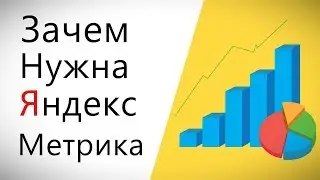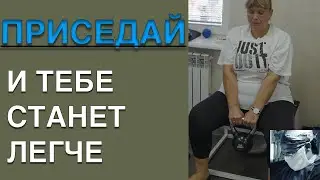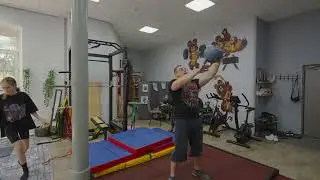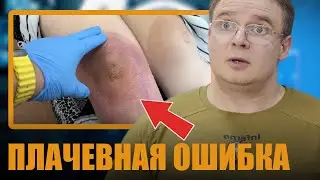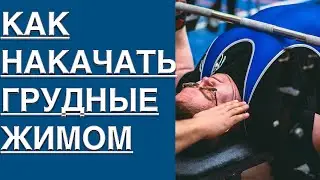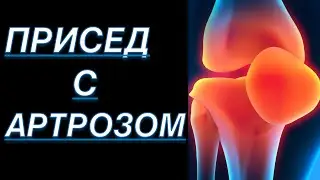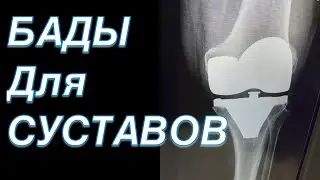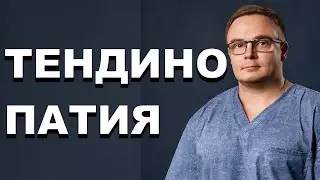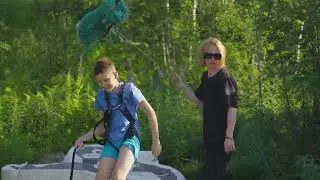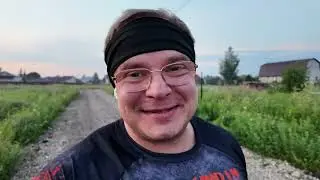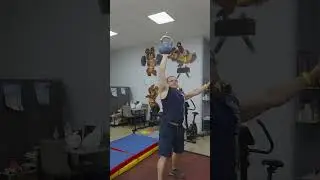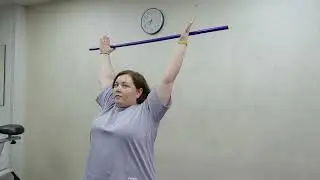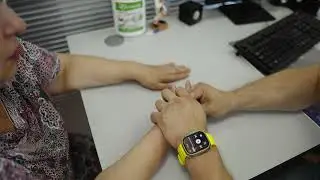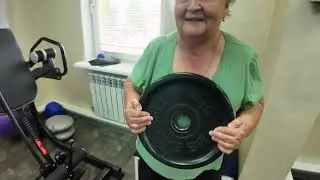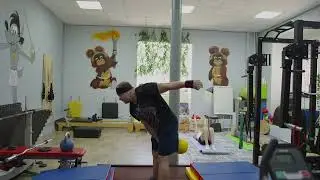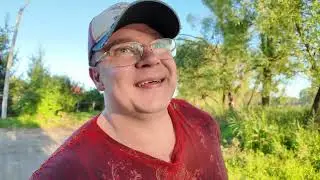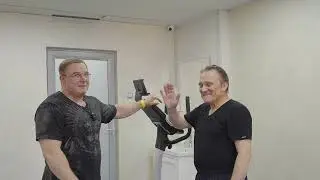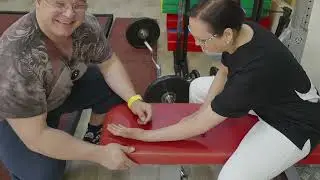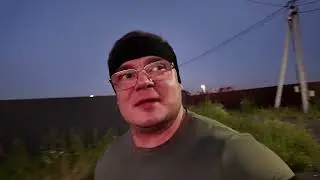TENDINOPATHY | Tendon Inflammation | HOW TO TREAT
What is Tendinopathy?
Causes of Tendinopathy?
Development of Tendinitis?
Patient Mistakes?
Options for Solving the Problem, Selecting Exercises
Exercises for Self-Development of the Elbow Joint at Home
VK COMMUNITY - https://vk.com/powermedic
Doctor Traumatologist - Orthopedist. Yurshin Kirill Sergeevich
https://www.rammedcentr.ru appointment by phone.
For questions
Telegram - https://t.me/PowerMedic
Vkontakte - https://vk.com/powermedic88
Instagram -DarWin646
Video on the topic:
Ankle Development Part 2 - • РАЗРАБОТКА ГОЛЕНОСТОПА | Как Научиться Ход...
Elbow Joint Development - https://www.youtube.com/watch?v=CknhG...
Epicondylitis of the elbow joint - https://www.youtube.com/watch?v=EaZ2u...
Epicondylitis theory - https://www.youtube.com/watch?v=jPLRd...
What is contracture - https://www.youtube.com/watch?v=Uo0Wi...
Scapulohumeral periarthritis and blockade in the shoulder - https://www.youtube.com/watch?v=aevHh...
Synovitis of the Knee Joint - https://www.youtube.com/watch?v=rQrrP...
-------------------------------------------------------------------------------
If you want to support me and my PowerMedic channel, be sure to:
subscribe to my channel,
like,
write a comment,
tell your friends about this video!
And in order not to miss new videos, put a bell for notifications!
--------------------------------------------------------------------------------
To support and develop the channel:
4276400042278219
Yurshin K.S.
Sberbank
--------------------------------------------------------------------------------
TENDINOPATHY | Why Loads Are Necessary | YOU NEED TO KNOW THIS
00:01 Introduction and plans for the future
• Orthopedic traumatologist Kirill Yeshin explains that due to problems with YouTube, he plans to re-record and upload the video to other platforms.
• The videos will be available in the Power Medic Doctor Yeshin group on VKontakte and the Power Medic Telegram channel.
• Rutube may also be used due to blocking on Yandex.Zen.
01:00 The importance of physical activity
• Yeshin emphasizes that physical activity is a key factor in the treatment of the musculoskeletal system.
• The topic of tendinopathy and its connection with inadequate load is discussed.
• Tendinopathy includes degenerative changes in tendons and pain syndrome.
02:03 Pathogenesis of tendinopathy
• Tendinopathy is often accompanied by swelling and increased fluid in the tendon sheath.
• In the early stages, symptoms may not be visible on an MRI.
• Yeshin believes that tendinopathy occurs due to repetitive stress that causes microtrauma.
03:55 The effect of stress on tendons
• Stress on muscles and tendons leads to their damage.
• The junctions of muscles to tendons and tendons to bones are critical for injury.
• Tendinopathy accumulates damage, leading to persistent pain and limited function.
06:19 Examples and consequences
• Examples of tendinopathy include quadriceps and long head biceps tears.
• Ignoring symptoms leads to irreversible tendon damage.
• Surgeries on damaged tendons are often ineffective.
07:30 The importance of timely treatment
• Yeshin compares degenerative changes in tendons to a worn-out T-shirt.
• Patients are advised not to postpone treatment for a long time.
• It is important to start treatment as early as possible to avoid disease progression.
10:16 The role of exercise therapy in treatment
• Exercise therapy is a key factor in the treatment of tendinopathies.
• Loading muscles and tendons helps them adapt to loads.
• The selection of exercises should be comfortable and interchangeable.
11:37 Selecting exercises
• If one exercise is not suitable, try another.
• Focus on the level of pain: if there is no pain, the exercise is suitable.
• If the pain increases, change the exercise or the angle of execution.
12:03 Focus of exercises
• For shoulder rehabilitation, choose exercises that involve the shoulder joint.
• For elbow rehabilitation, choose exercises for the elbow joint.
• The goal of training for tendinopathy is to adapt the damaged tendon to loads.
12:58 Simplicity and accessibility of exercises
• Exercises should be simple and easy to repeat.
• Examples: squats for the knee, dumbbell press for the shoulder.
• Exercises should be accessible to any level of fitness.
14:11 Increase in intensity of the load
• Exercises should allow for increasing intensity of the load.
• Increasing intensity promotes adaptation of muscles and tendons.
• It is important to have a safety margin for gradual increase in load.
15:27 Assessment of pain after training
• Assess the level of pain after training.
• Monitor the rate of adaptation and adjust the frequency of training.
• Pain after training is a normal reaction, but it should decrease.
16:50 The importance of regular training
• Regular training is important for tissue adaptation.
• Split training into upper and lower body parts.
• Pain level should decrease over time.
18:08 Living with Joint Problems
18:56 Conclusion

